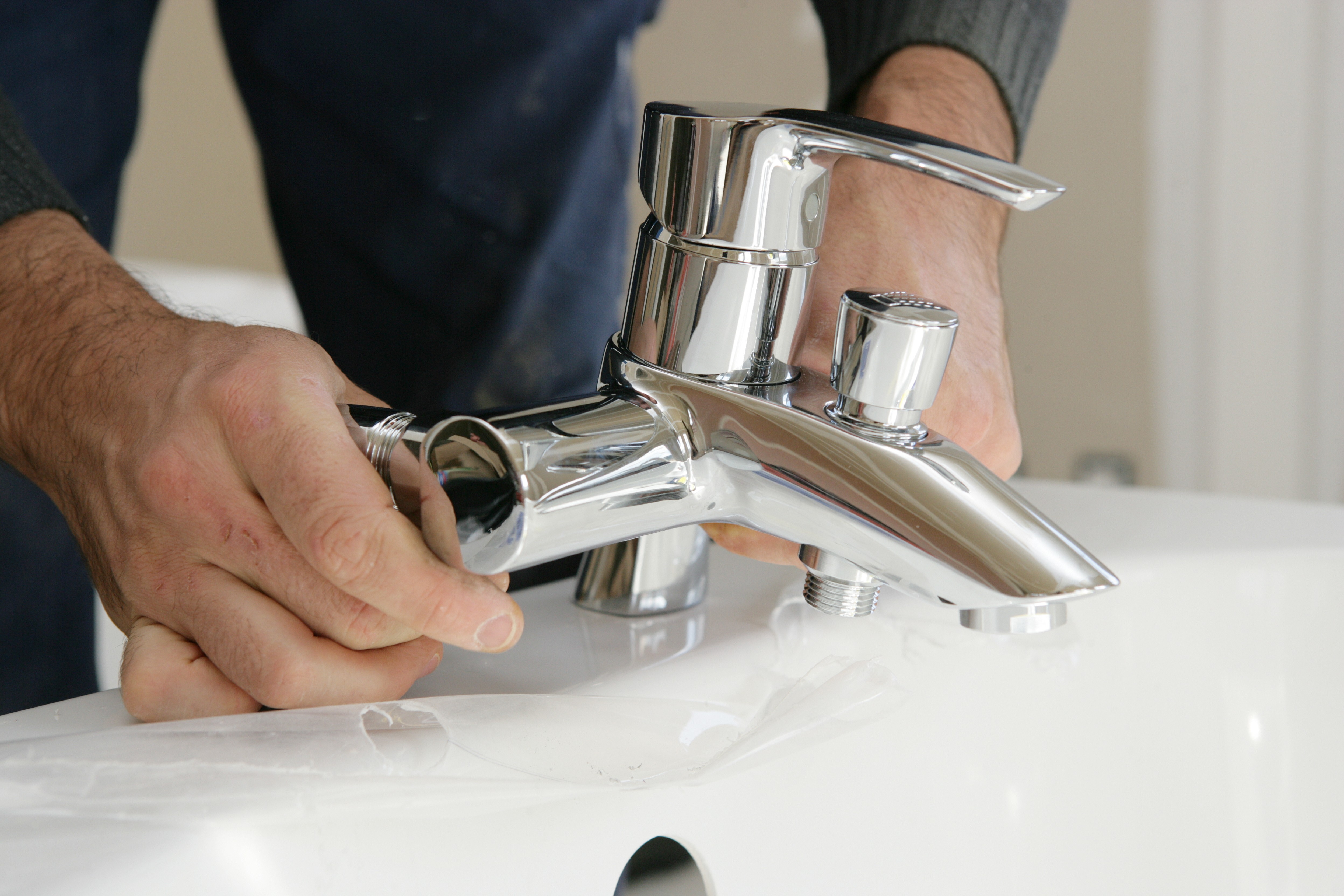Understanding the Mechanics Behind a Loose Faucet Handle and How to Fix It

A loose faucet handle can be more than just an annoyance; it can affect your daily routine and potentially lead to water waste. Understanding why this happens and how to properly fix it can save you time and money. In this article, we’ll explore the common causes of a loose faucet handle and guide you through simple steps to tighten it effectively.
Why Does a Faucet Handle Become Loose?
Faucet handles become loose primarily due to regular use causing wear and tear on the internal components. Over time, screws or set screws that hold the handle in place may loosen, or parts like the cartridge or valve stem inside may suffer from corrosion or damage, leading to wobbling or slipping of the handle.
Tools You’ll Need for Tightening a Loose Faucet Handle
Before starting any repair work, gather essential tools such as an adjustable wrench, screwdriver (flathead or Phillips depending on your faucet), Allen wrench set for hex screws, and possibly some plumber’s grease. Having these handy will make tightening easier and ensure you don’t damage your faucet during the process.
Step-by-Step Guide: How to Tighten Your Faucet Handle
First, turn off the water supply under your sink for safety. Next, remove any decorative caps covering screws on your faucet handle using a flathead screwdriver. Locate the screw holding the handle in place—this could be on top or underneath—and use an appropriate screwdriver or Allen wrench to tighten it snugly but not overly tight. Finally, replace any caps removed earlier and turn your water supply back on to test if the handle feels secure.
When Tightening Isn’t Enough: Other Potential Repairs
If tightening doesn’t resolve the issue, there might be worn-out parts like stripped screws or damaged cartridges inside that need replacement. In such cases, disassembling the handle assembly carefully and inspecting each component is necessary. Replacing faulty parts often restores proper function without requiring a full faucet replacement.
Maintenance Tips to Prevent Future Loosening
Regular maintenance helps keep your faucet handles secure longer. Periodically check screw tightness during household cleaning routines. Applying plumber’s grease to moving parts reduces friction which helps prevent wear over time. Also consider gentle usage habits—avoid applying excessive force when turning handles—to extend their lifespan.
Tightening a loose faucet handle is usually a simple fix that homeowners can manage themselves with minimal tools and effort. By understanding why handles loosen and following straightforward repair steps along with preventive maintenance tips, you can keep your faucets functioning smoothly for years.
This text was generated using a large language model, and select text has been reviewed and moderated for purposes such as readability.


